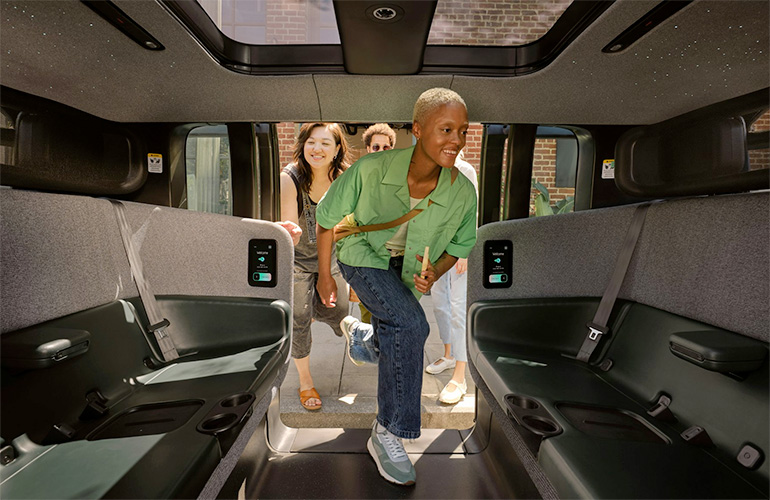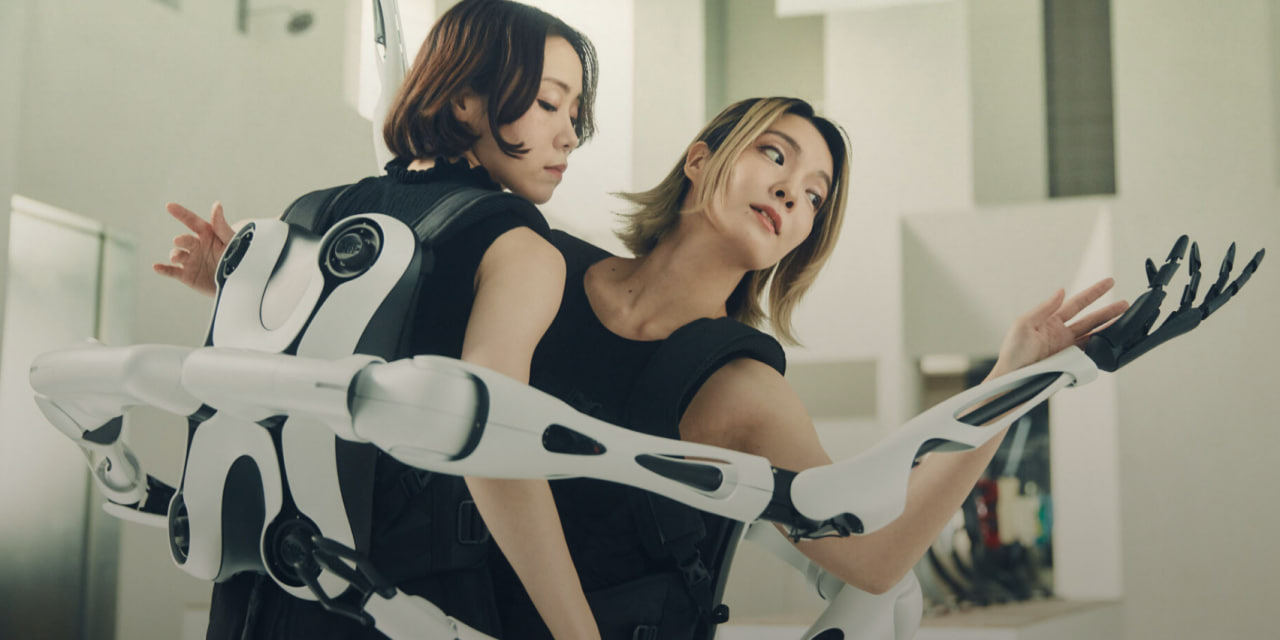In a groundbreaking development that could pave the way for a new generation of human-like robotic and prosthetic capabilities, researchers from Uppsala University and Karolinska Institutet in Sweden have created an artificial tactile system that mimics how the human nervous system processes the sense of touch. Published in the prestigious journal Science, their work describes an innovative technology that combines electronic "skin" sensors, artificial neuron components that convert analog touch into electrical pulses, and machine learning processors to identify objects and surfaces through those biomimetic neural signals - essentially giving it a sense of touch akin to human hands and nervous systems.
"Our system can determine what type of object it encounters as fast as a blindfolded person, just by feeling it," explained Zhibin Zhang, associate professor at Uppsala's Department of Electrical Engineering who co-led the study. "With this technology, a prosthetic hand would feel like part of the wearer's body."
Taking inspiration directly from neuroscience, the researchers engineered their artificial tactile platform to mimic the dynamic way human nerves and the somatosensory cortex process tactile sensations. As the electronic skin detects pressure through arrays of sensors, the artificial neuron components convert those analog signals into precise sequences of electrical pulses, which are then processed and learned by machine intelligence models.
In their tests, this biomimetic system proved capable of rapidly identifying 22 different gripped objects as well as discerning 16 distinct surface textures through "feeling" alone - an important first step toward restoring naturalistic touch to prosthetic limbs. But the researchers already have more ambitious plans.
"We're looking at adding sensitivity for pain, heat and material properties like differentiating metal from wood," said lead author Libo Chen, an assistant professor at Uppsala. "The skin contains millions of receptors, and this technology overcomes limitations to make full artificial skin for entire robots a possibility."
According to Chen and Zhang, giving robots and prosthetics this human-like tactile feedback through artificial "nervous systems" could make interactions vastly safer, more intuitive, and enable dexterity levels approaching our own hands and fingers. Potential applications extend beyond enhancing prosthetics to improving human-robot interactions in factories, healthcare, and other environments where seamless co-working is valuable.
Perhaps even more promising are the medical use cases. By mimicking the complex neural signaling involved in touch, movement and proprioception, their platform opens new possibilities in rehabilitation, movement disorder treatment, and smart assistive devices.
"The technology could monitor movements and stimulate muscles to prevent falls in Parkinson's patients," Zhang explained. "Or it could help stroke victims regain functionality by having the artificial system take over motions while still providing realistic touch feedback to the brain."
As the researchers continue advancing their revolutionary artificial nervous system, the lines between biological and technological senses may begin blurring. A future of prosthetic and robotic limbs transcending perceived limitations to restore - or even enhance - our innate human experiences of tactile feeling is inching closer to reality.
While challenges remain in scaling the hardware, optimizing algorithms and achieving true neural integration, this breakthrough represents a profound milestone. By drawing inspiration directly from our own evolutionary mastery of biomechanics and neural processing, we may finally be on the path to building artificial instruments remarkably akin to the extraordinarily complex sensory systems producing the very consciousness from which they were conceived.


















